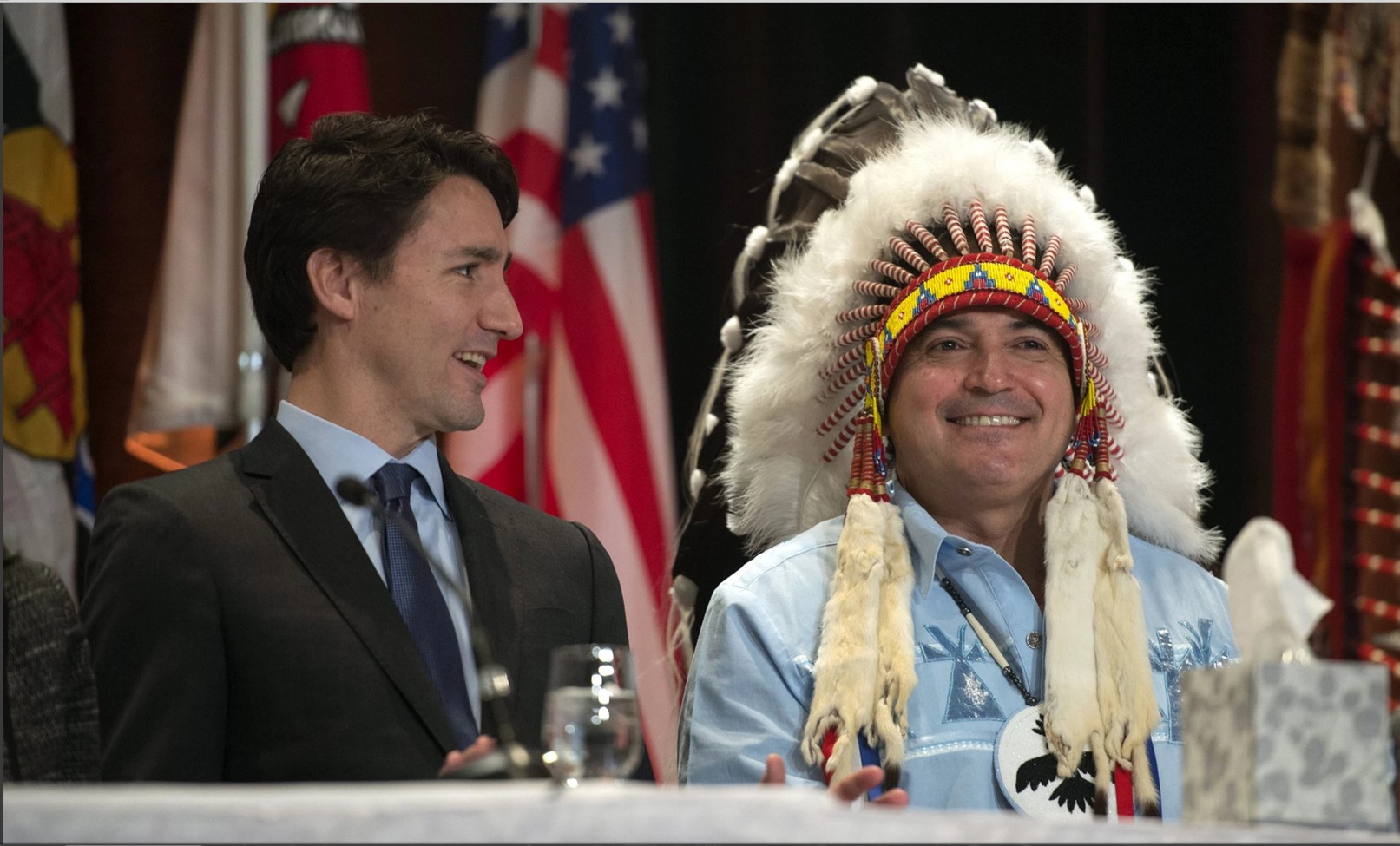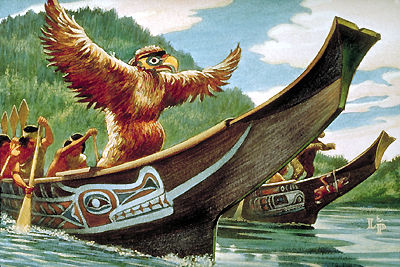Article
Abigail Becker
During a vicious storm on 24 Nov 1854, the overloaded schooner Conductor foundered on a nearby sandbar. The captain and crew clung to the frozen rigging all night, not daring to enter the raging surf.

Enter your search term
Signing up enhances your TCE experience with the ability to save items to your personal reading list, and access the interactive map.
Create AccountArticle
During a vicious storm on 24 Nov 1854, the overloaded schooner Conductor foundered on a nearby sandbar. The captain and crew clung to the frozen rigging all night, not daring to enter the raging surf.
"https://d3d0lqu00lnqvz.cloudfront.net/media/media/0a3968ad-ab93-46dd-9551-d90d9206cacf.jpg" // resources/views/front/categories/view.blade.phphttps://d3d0lqu00lnqvz.cloudfront.net/media/media/0a3968ad-ab93-46dd-9551-d90d9206cacf.jpg

Article
Abigail Hoffman, track and field athlete, sport administrator (b at Toronto 11 Feb 1947). As a 9-year-old hockey player, she unwittingly caused controversy by entering a male-dominated sport; she later joined the Toronto Olympic Club and competed at international events.
"https://d3d0lqu00lnqvz.cloudfront.net/media/media/3e7c8005-5d88-4d9d-ac91-541c572bad15.jpg" // resources/views/front/categories/view.blade.phphttps://d3d0lqu00lnqvz.cloudfront.net/media/media/3e7c8005-5d88-4d9d-ac91-541c572bad15.jpg

Article
The history of Indigenous art in Canada begins sometime during the last Ice Age between 80,000 and 12,000 years ago. To date, however, the oldest surviving artworks (excluding finely crafted, aesthetically significant stone tools) are datable to no earlier than 5,000 years ago.
"https://d3d0lqu00lnqvz.cloudfront.net/media/media/06e7249a-54e7-4a6c-8255-e51ff1401fec.jpg" // resources/views/front/categories/view.blade.phphttps://d3d0lqu00lnqvz.cloudfront.net/media/media/06e7249a-54e7-4a6c-8255-e51ff1401fec.jpg

Article
Traditional knowledge provides the best way of identifying Indigenous (Aboriginal) cultural landscapes. An on-going oral tradition and continuing traditional practices sustain interaction between people and the land.
"https://www.thecanadianencyclopedia.ca/images/tce_placeholder.jpg?v=e9dca980c9bdb3aa11e832e7ea94f5d9" // resources/views/front/categories/view.blade.phphttps://www.thecanadianencyclopedia.ca/images/tce_placeholder.jpg?v=e9dca980c9bdb3aa11e832e7ea94f5d9

Article
With the end of the Seven Years’ War in 1763, Britain replaced France as the dominant colonial power in Canada. In doing so, they assumed the legacy of Indigenous-French relations. Relations under British rule continued for some decades along the lines established during the French era. From the Great Lakes eastward, commercial and military interactions dominated the interchanges between Indigenous and immigrant peoples. In the 19th century, these links would be replaced by a different form of association — policies that advocated assimilation, subjugation and even destruction — as European settlement pushed westward. (See also Indigenous Peoples and Government Policy in Canada.)
"https://d3d0lqu00lnqvz.cloudfront.net/media/media/0729607a-735a-424b-a138-3e76e6053763.jpg" // resources/views/front/categories/view.blade.phphttps://d3d0lqu00lnqvz.cloudfront.net/media/media/0729607a-735a-424b-a138-3e76e6053763.jpg

Article
French fishermen, settlers, fur traders, missionaries and colonial agents were among the earliest Europeans to have sustained contact with Indigenous peoples in what is now Canada and North America. The relationship between French and Indigenous people of the Eastern Woodlands in the early colonial period was complex and interdependent. France saw Indigenous nations as allies, and relied on them for survival and fur trade wealth. Indigenous people traded for European goods, established military alliances and hostilities, intermarried, sometimes converted to Christianity, and participated politically in the governance of New France. With the transfer of New France to Britain in 1763, diplomatic relations between the French and Indigenous people in Canada ceased. Naturally, social and economic interaction between the European and Indigenous inhabitants of New France continued.
"https://d3d0lqu00lnqvz.cloudfront.net/media/media/b96104e1-6349-423e-a0fe-a7e56cb370bc.jpg" // resources/views/front/categories/view.blade.phphttps://d3d0lqu00lnqvz.cloudfront.net/media/media/b96104e1-6349-423e-a0fe-a7e56cb370bc.jpg

Article
The Aboriginal Healing Foundation was an Indigenous-led non-profit organization that operated from 1998 to 2014. It was created after the federal government committed $350 million in 1998 to create a “Healing Strategy” to address the legacy of residential schools. The Foundation’s purpose was to foster and support community-based healing initiatives by conducting research and providing funding to various related projects.
"https://d3d0lqu00lnqvz.cloudfront.net/AboriginalHealingFoundation/Aboriginal_Healing_Foundation_Logo.jpg" // resources/views/front/categories/view.blade.phphttps://d3d0lqu00lnqvz.cloudfront.net/AboriginalHealingFoundation/Aboriginal_Healing_Foundation_Logo.jpg

Article
The Government of Manitoba created the Aboriginal Justice Inquiry in April 1988. The inquiry was formed in response to the separate murders of two Indigenous people, Helen Betty Osborne and John Joseph Harper. The commissioners of the inquiry investigated and made recommendations to the provincial government on the relationship between the justice system and Indigenous people. The inquiry’s 1991 report found that there was systemic racism within Manitoba’s criminal justice system. While some of the inquiry’s recommendations to reform the justice system were implemented, others were not. Notably, the recommendations to protect Indigenous women and girls from harm in the provincial justice system have not been fully realized.
"https://d3d0lqu00lnqvz.cloudfront.net/AboriginalJusticeInquiry/dreamstime_21054173.jpg" // resources/views/front/categories/view.blade.phphttps://d3d0lqu00lnqvz.cloudfront.net/AboriginalJusticeInquiry/dreamstime_21054173.jpg

Article
In Canada, the term Indigenous peoples (or Aboriginal peoples) refers to First Nations, Métis and Inuit peoples. These are the original inhabitants of the land that is now Canada. In the 2021 census by Statistics Canada, over 1.8 million people in Canada identified as Indigenous, making up 5 per cent of the national population. Though severely threatened — and in certain cases extinguished — by colonial forces, Indigenous culture, language and social systems have shaped the development of Canada and continue to grow and thrive despite extreme adversity.
"https://d3d0lqu00lnqvz.cloudfront.net/media/media/6b4e238c-0491-441a-a8c7-c5f909683ee7.jpg" // resources/views/front/categories/view.blade.phphttps://d3d0lqu00lnqvz.cloudfront.net/media/media/6b4e238c-0491-441a-a8c7-c5f909683ee7.jpg

Article
The term Arctic peoples in Canada generally refers to the Inuit population. The Inuit are descendants of the Thule people, who lived in the Arctic from 400 to 1,000 years ago. The Inuit refer to their homeland as Inuit Nunangat. In 2021, there were 70,545 Inuit in Canada. According to that census, 69 per cent of all Inuit lived in Inuit Nunangat.
"https://d3d0lqu00lnqvz.cloudfront.net/media/media/c2d6c124-118d-48ab-8885-4339202966e8.jpg" // resources/views/front/categories/view.blade.phphttps://d3d0lqu00lnqvz.cloudfront.net/media/media/c2d6c124-118d-48ab-8885-4339202966e8.jpg

Article
Prior to the 1960s, only a few periodicals were published for Indigenous people, mainly by non-Indigenous missionary and government organizations. Notable examples were the Chinook-language Kamloops Wawa (1891-1905) and the Inuktitut-language Oblate publications of the 1940s and 1950s.
"https://d3d0lqu00lnqvz.cloudfront.net/media/media/e4cbee12-06ff-4b3a-b2ea-3bfd1df981e6.JPG" // resources/views/front/categories/view.blade.phphttps://d3d0lqu00lnqvz.cloudfront.net/media/media/e4cbee12-06ff-4b3a-b2ea-3bfd1df981e6.JPG

Article
The Eastern Woodlands is one of six cultural areas of Indigenous peoples in Canada. The region stretches from the northeastern coast of present-day United States and the Maritimes to west of the Great Lakes. The Eastern Woodlands includes, among others, the Haudenosaunee, Mi’kmaq, Ojibwe and Wendat (Huron) peoples.
"https://d3d0lqu00lnqvz.cloudfront.net/media/media/f8007eae-25d1-46c0-baf6-a8752761deea.jpg" // resources/views/front/categories/view.blade.phphttps://d3d0lqu00lnqvz.cloudfront.net/media/media/f8007eae-25d1-46c0-baf6-a8752761deea.jpg

Article
For most of the history of political interaction between Indigenous people and the Canadian government (and its colonial predecessors) government policy has focused on First Nations. The Inuit were barely acknowledged until the 1940s, while special responsibility for Métis and Non-Status Indians was largely denied until 2016. The early history of Indigenous policy in Canada is characterized by the presence of both France and Britain as colonizing powers. British colonial policy acknowledged Indigenous peoples as sovereign nations. Post-Confederation Canadian Indigenous policy initially was based on a model of assimilation, with one of its main instruments being the Indian Act. Since the late 1960s, government policy has gradually shifted to a goal of self-determination for Indigenous peoples, to be achieved through modern-day treaties and self-government agreements.
"https://d3d0lqu00lnqvz.cloudfront.net/media/media/4bdede30-06f1-4f71-9047-c7db15051829.jpg" // resources/views/front/categories/view.blade.phphttps://d3d0lqu00lnqvz.cloudfront.net/media/media/4bdede30-06f1-4f71-9047-c7db15051829.jpg

Article
Prior to colonization, Indigenous Peoples possessed rich and diverse healing systems. Settlers’ introduction of new and contagious diseases placed these healing systems under considerable strain. Europeans also brought profound social, economic and political changes to the well-being of Indigenous communities. These changes continue to affect the health of Indigenous Peoples in Canada today. (See also Social Conditions of Indigenous Peoples in Canada and Economic Conditions of Indigenous Peoples in Canada.)
"https://d3d0lqu00lnqvz.cloudfront.net/0b79190e-b969-4e93-a6c2-d2aec320ed1c.jpg" // resources/views/front/categories/view.blade.phphttps://d3d0lqu00lnqvz.cloudfront.net/0b79190e-b969-4e93-a6c2-d2aec320ed1c.jpg

Article
The Northwest Coast cultural area, one of six contained in what is now Canada, is home to many Indigenous peoples, such as the Nuu-chah-nulth, Kwakwaka’wakw, Haida, Coast Salish and Haisla. Geographically, the region features extremes in topography, from wide beaches to deep fjords and snow-capped mountains.
"https://d3d0lqu00lnqvz.cloudfront.net/media/media/2c58511b-8b7a-4b34-963b-edfb3bab4f0d.jpg" // resources/views/front/categories/view.blade.phphttps://d3d0lqu00lnqvz.cloudfront.net/media/media/2c58511b-8b7a-4b34-963b-edfb3bab4f0d.jpg
